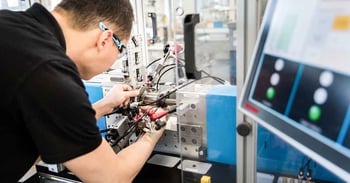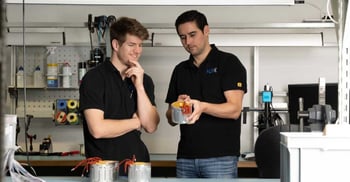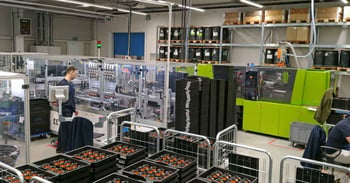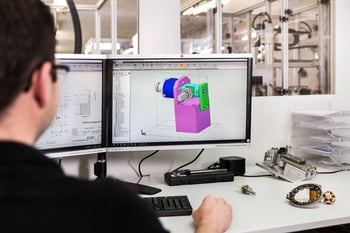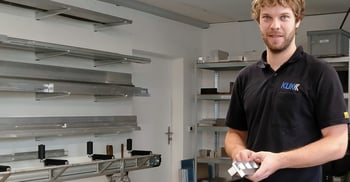Helmholtz coils: overcoming manufacturing challenges
Explore the essential manufacturing hurdles encountered when seeking Helmholtz coils and the critical factors to consider throughout different project stages. This blog provides engineers with a comprehensive guide to ensure they are well-equipped for their Helmholtz coils endeavors.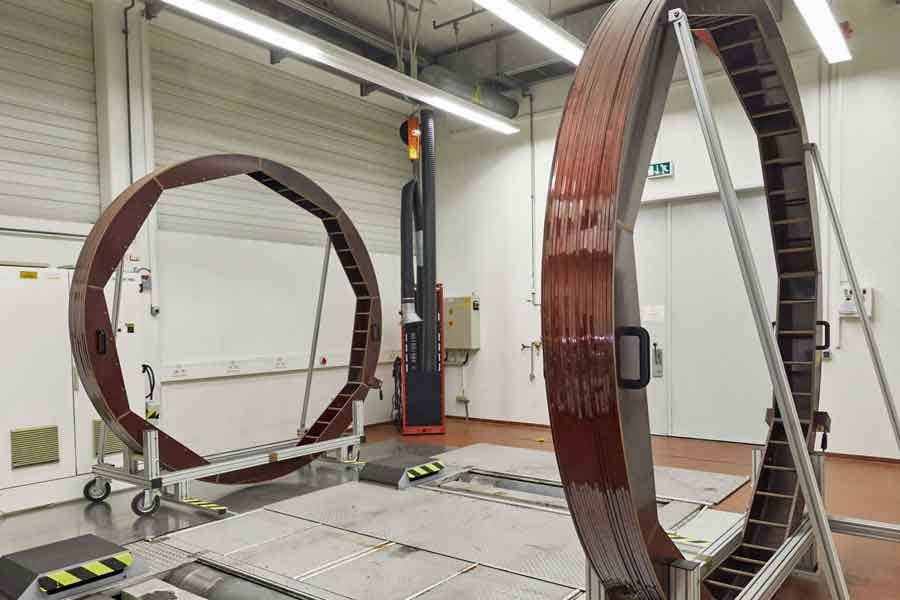
Helmholtz coils are a type of electromagnetic device that consists of two identical coils positioned parallel to each other and separated by a distance equal to their radius. These coils are named after the German physicist Hermann von Helmholtz who first described their properties and applications in the 19th century.
The primary purpose of Helmholtz coils is to generate a uniform magnetic field in a specific region of space. This is achieved by passing an electric current through the coils in such a way that the magnetic fields produced by each coil cancel out each other in the center of the coil system, resulting in a relatively uniform magnetic field.
Understanding the principles behind Helmholtz coils is essential for designing and utilizing them effectively in various applications.
Applications in various industries
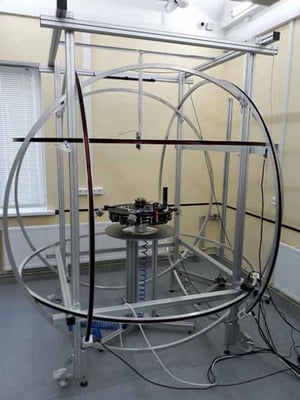 Helmholtz coils find applications in a wide range of industries and research fields. Some of the key applications include:
Helmholtz coils find applications in a wide range of industries and research fields. Some of the key applications include:
- Magnetic field testing and calibration: Helmholtz coils are used to generate known magnetic fields for testing and calibrating magnetic field sensors and instruments.
- Magnetic resonance imaging (MRI): Helmholtz coils are an integral part of MRI systems, producing the primary magnetic field necessary for imaging.
- Electromagnetic compatibility (EMC) testing: Helmholtz coils are used to simulate magnetic fields for testing the susceptibility of electronic devices to electromagnetic interference.
- Particle physics research: Helmholtz coils are used to generate precise magnetic fields required for particle accelerators and other experimental setups.
These are just a few examples of the diverse applications of Helmholtz coils in various industries and research fields.
Helmholtz coil system to calibrate magnetometers. Source: Dragonfly Aerospace
Key materials used in manufacturing of Helmholtz coils
The choice of materials for manufacturing Helmholtz coils is crucial for achieving the desired performance and durability. Some of the key materials used in the manufacturing of Helmholtz coils include:
- Copper wire: Copper is a common choice for the coil windings due to its high electrical conductivity and thermal stability.
- Non-magnetic materials: To minimize interference with the magnetic field, non-magnetic materials such as aluminum or stainless steel are often used for the coil formers and supporting structures.
- Insulating materials: Insulation is necessary to prevent short circuits and reduce energy losses. Materials like enamel or polyimide tape are commonly used to insulate the coil windings.
- Ferromagnetic cores: In some cases, ferromagnetic cores made of materials like iron or ferrite may be used to enhance the magnetic field strength and focus.
- Wood may be an unconventional but viable option for the manufacturing of Helmholtz coils. While not commonly used in coil manufacturing, wood can offer unique advantages such as its insulating properties and ability to dampen vibrations. Additionally, wood can be easily shaped and customized to meet specific design requirements, making it a versatile material choice for coil formers and supporting structures.
The selection of appropriate materials depends on factors such as the required magnetic field strength, operating conditions, and cost considerations.
Navigating manufacturing challenges
The manufacturing of Helmholtz coils presents several challenges that need to be addressed to ensure optimal performance and reliability. Some of the key manufacturing challenges include:
- Achieving precise coil geometry: The coils need to be wound with high precision to ensure uniform magnetic field generation. Any deviations in the coil geometry can result in non-uniform magnetic fields and reduced performance. This may be a particular challenge in Helmholtz coils as big as 2 or 3 meters.
- Controlling electrical resistance: The electrical resistance of the coil windings should be carefully controlled to minimize energy losses and heat generation. This requires precise wire sizing and proper insulation techniques.
- Minimizing parasitic capacitance: Parasitic capacitance between the coil windings and surrounding structures can affect the coil's electrical characteristics. Designing the coil layout and insulating materials to minimize parasitic capacitance is crucial.
- Handling high currents: Helmholtz coils often require high currents to generate the desired magnetic fields. Proper current handling techniques, such as using thick wire or multiple parallel windings, need to be employed to avoid overheating and electrical failures.
Addressing these manufacturing challenges requires expertise in coil winding techniques, materials selection, and quality control processes.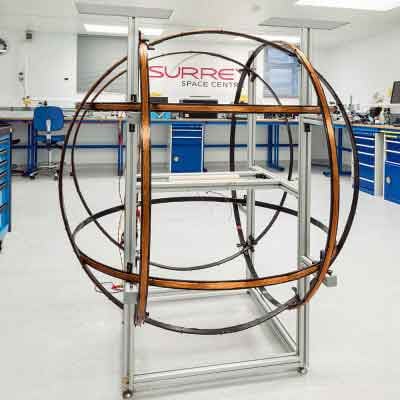
Helmholtz coil facility at Surrey Space Centre. Source: University of Surrey
Innovative solutions and best practices in Helmholtz coil projects
To overcome the manufacturing challenges associated with Helmholtz coils, several innovative solutions and best practices have been developed. Some of these include:
- Automated coil winding machines: Using automated machines for coil winding ensures precise and consistent coil geometry, reducing human error and improving efficiency.
- 3D printing of coil formers: Additive manufacturing techniques like 3D printing can be utilized to create complex coil formers with precise dimensions, allowing for customization and optimization of the coil design.
- Advanced insulation materials: The use of advanced insulation materials with high dielectric strength and low parasitic capacitance can improve the electrical performance and reliability of Helmholtz coils.
- Thermal management techniques: Implementing effective thermal management techniques, such as cooling systems or heat sinks, can help dissipate heat generated during high-current operation and prevent coil overheating.
These innovative solutions and best practices contribute to the development of high-quality Helmholtz coils with improved performance and reliability.
Header image: SEGULA Technologies EMV Labor in Rüsselsheim. Source: Linkedin

